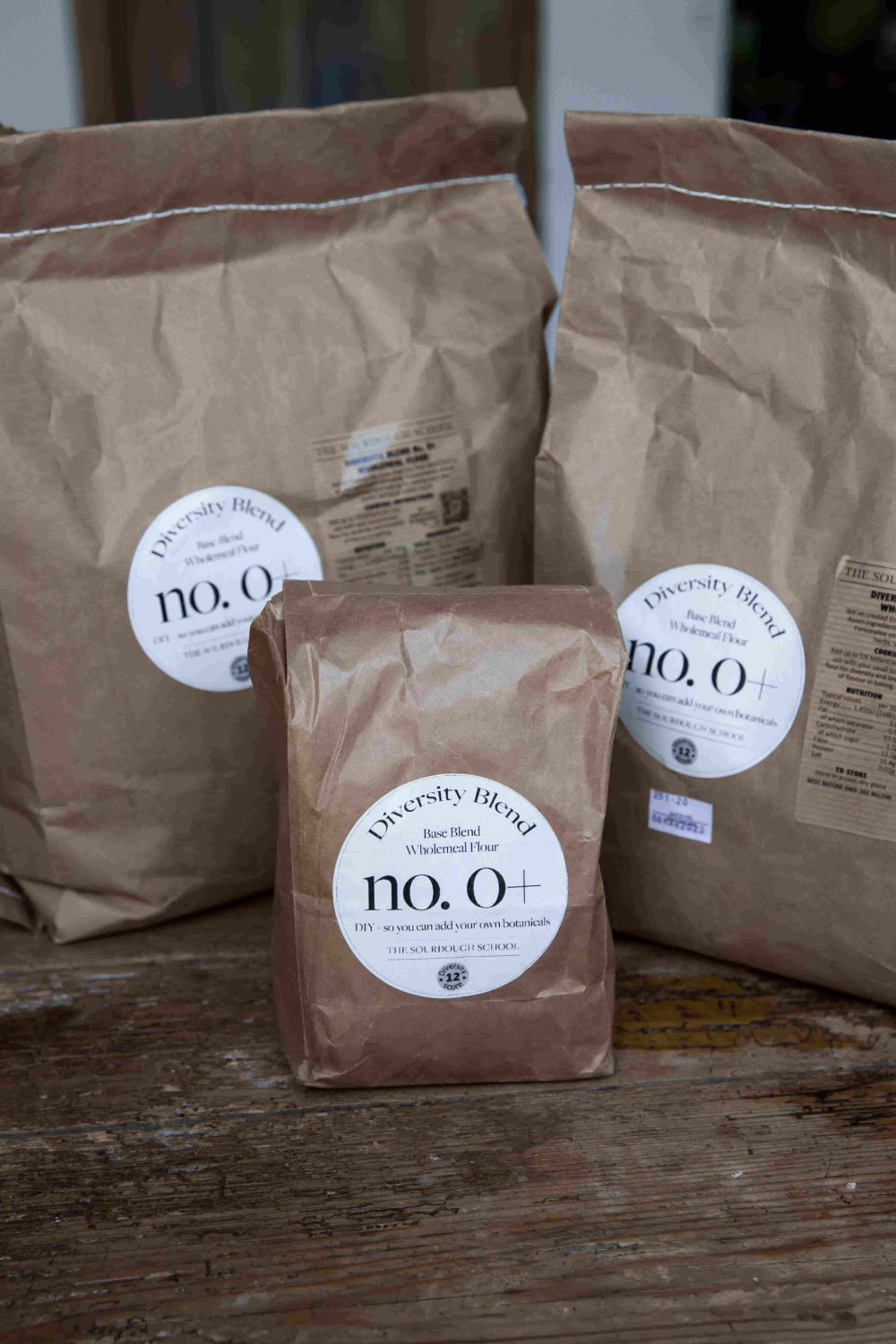You can see polyphenols in these beautiful black barley grains. These dark grains are packed with anthocyanins – coloured water-soluble pigments – and are one of the phytochemicals referred to as polyphenols. These are naturally occurring compounds that are what give plants their colours and help to protect them from various stresses that they might face in nature, such as high levels of sunlight. Many research studies suggest that consuming these plant phytochemicals, including polyphenols, are good for you as they are antioxidants.
Types of polyphenols
Polyphenols are a large family of naturally occurring organic compounds found in plants. They are characterized by the presence of more than one phenol unit or building block per molecule. These compounds are known for their antioxidant properties, meaning they can neutralize harmful free radicals in the body, potentially reducing the risk of certain chronic diseases. Polyphenols are divided into four different categories based on the presence of a number of phenolic groups and structural elements and in grains that contain complex polyphenols, they are predominantly found in the outer layers of the plants, which is why milling the wholegrain is important. There are actually 4 different categories of polyphenols in food:
- Flavonoids: these have a potential effect on radical scavenging and inflammatory reactions. They are predominantly found in fruits, vegetables, legumes, red wine, and green tea. They are further divided into a number of subgroups namely, flavones, flavonols, flavanones, isoflavones, anthocyanidins, chalcones, and catechins.
- Stilbenes: found in grapes, red wine, and peanuts. Resveratrol is the most well-known compound among the group.
- Lignans: found in seeds like flax, linseed, grains, fruits, legumes, cereals, algae, and certain vegetables.
- Phenolic acids: found in kiwis, plums, apples, coffee, tea, cinnamon, blueberries, and cherries and have two subgroups, namely hydroxybenzoic acids, and hydroxycinnamic acids.
Now, flavonoids are a subgroup within the polyphenol family. They are the most diverse group of polyphenols, with more than 6,000 different types identified. Flavonoids are known for their range of vibrant colors in fruits and vegetables, and they also contribute to the antioxidant properties of these foods.
When we talk about bread or grains, we’re delving into an area where these compounds play a fascinating role:
- Whole Grains: Many whole grains, like whole wheat, are a good source of polyphenols. The bran layer of the grain, which is often removed in refined grains, is particularly rich in these compounds.
- Sourdough Fermentation: The process of sourdough fermentation can actually increase the availability of polyphenols in bread. The lactic acid bacteria present in sourdough starters can break down phytates (which can bind minerals and reduce their absorption) in the grain, potentially making polyphenols more accessible.
- Rye Bread: Rye, in particular, is known for its high polyphenol content. The flavonoids in rye, like ferulic acid, are thought to have antioxidant properties.
- Ancient Grains: Grains like spelt, amaranth, and quinoa (technically a seed but often grouped with grains) are also noted for their polyphenol content. These ancient grains, which have been less modified by selective breeding, often retain more of their natural nutrient content, including polyphenols.
- Colored Grains: Some varieties of grains, such as black or red rice and purple corn, have higher levels of certain flavonoids, which give them their distinctive colors.
So while all flavonoids are polyphenols, not all polyphenols are flavonoids. These compounds contribute significantly to the nutritional profile of grains and, by extension, to the breads made from these grains. The sourdough fermentation process can enhance their availability, making sourdough breads not only delicious but potentially more nutritious. Remember, the type of grain used and the way it is processed (like in sourdough fermentation) can impact the levels of these beneficial compounds



